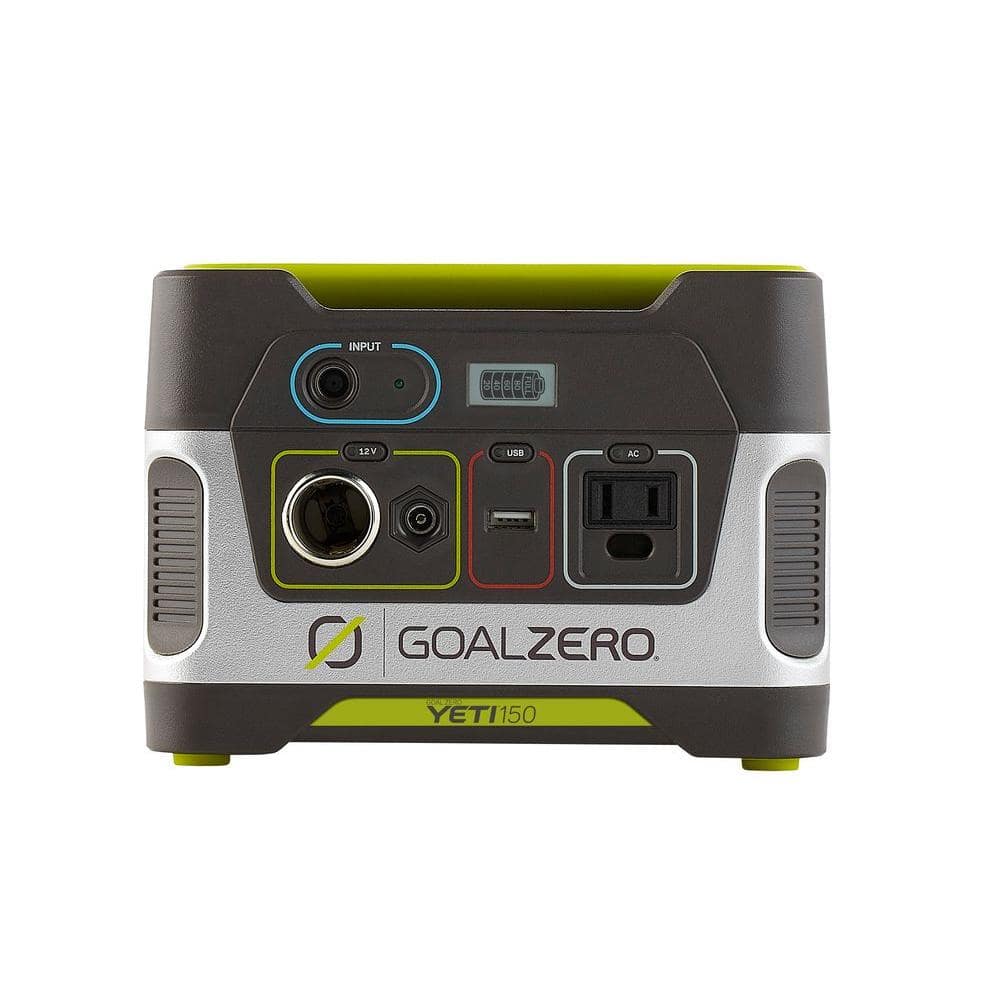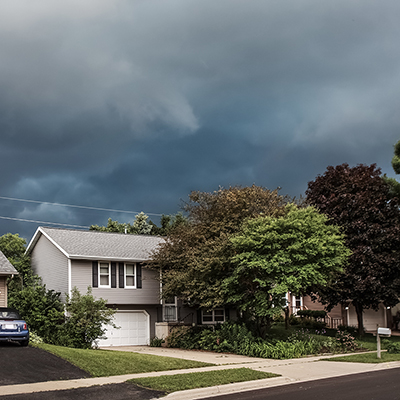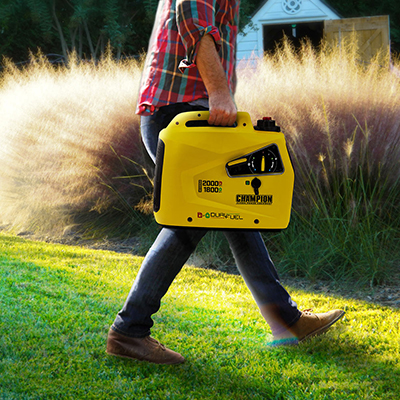How to Use a Generator Safely
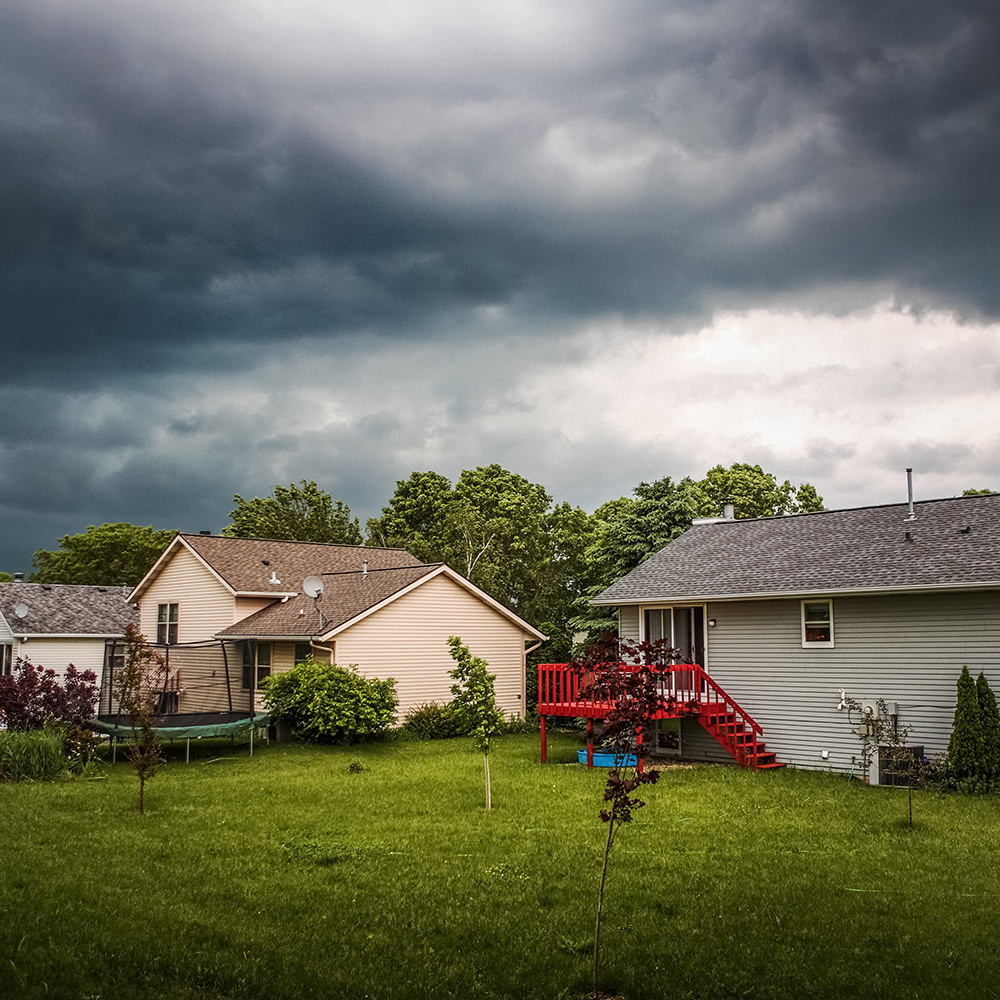
Last updated September 7, 2023
Power outages, storms and outdoor locations can make running a generator a must. Operated properly, it can be a great tool. However, when not used correctly, a generator can be life-threatening. Generators can cause carbon monoxide poisoning, fires and even electrocution. Knowing how to use a generator safely will help you avoid injury or damage. Read on for general tips and information on how to keep you, your family and property safer.
Tip: Become familiar with your specific generator’s manual. Refer to it for specific safety requirements and procedures.
Table of Contents
Pick the Right Location & Generator Size
Install Carbon Monoxide Alarms
Use a Transfer Switch
Refueling & Fuel Safety
Use Extension Cords Properly
More Generator Use Tips
Pick the Right Location & Generator Size
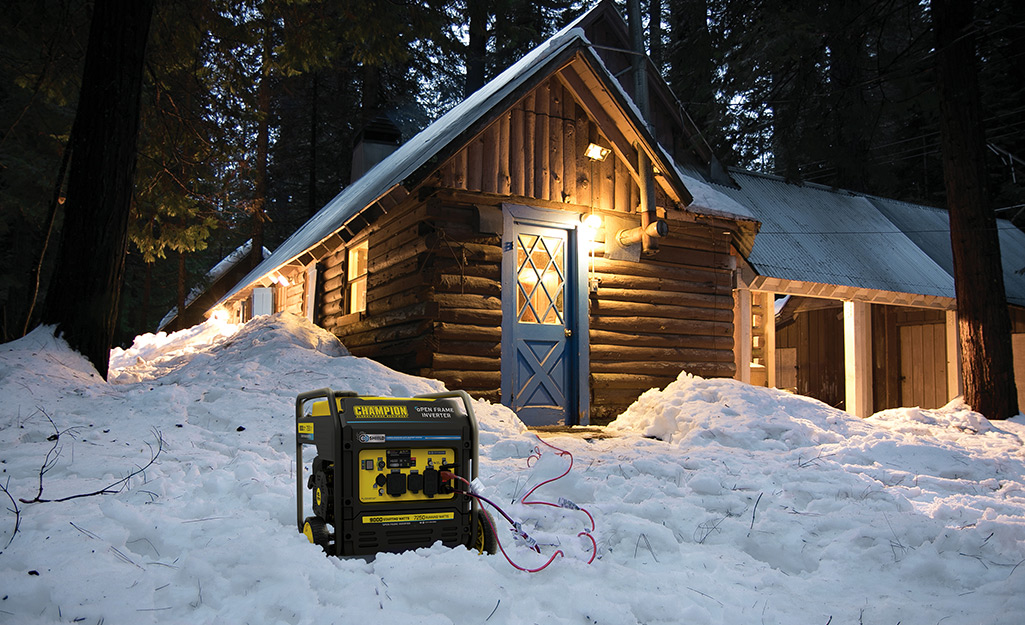
Set up your generator a proper distance away from your home. A generator should never be closer than 20 feet from your home. This will help you avoid toxic fumes and fire hazards.
Never run a generator under your eaves, inside your garage or in your house. Even with the garage door or windows open, it is dangerous.
- Run your generator on a level surface. Place it on bricks or flat ground. Small generators may have a lubrication system that can run dry if placed on a slope. This can damage or destroy the unit.
- Keep your generator away from rain or standing water.
- Don’t overwork your generator. Get the right size generator for your needs. Start by figuring out what your needs are, the wattage you want and the fuel source you prefer.
- Keep the exhaust away from people and pets. Make sure any generator exhaust blows away from nearby neighbor’s homes.
Install Carbon Monoxide Alarms
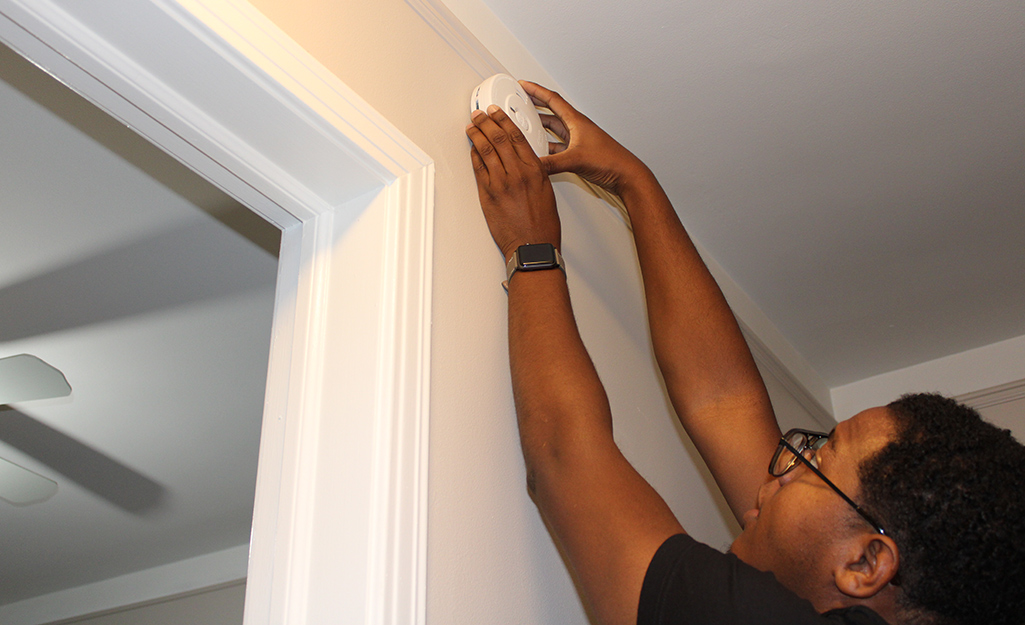
When they run, generators produce carbon monoxide, a deadly gas. Never assume that you’ll be able to detect carbon monoxide. It is odorless and colorless. To be safe, install battery-operated carbon monoxide detectors throughout your home.
Carbon monoxide poisoning can occur quickly. Even when you place your generator far enough away from your house, the fumes can still enter your home through roof vents or other openings. Don’t rely on fans to prevent or disperse this gas.
Safety Tip: If you feel dizzy, weak or nauseous while using a generator, get fresh air immediately and call 911.
Use a Transfer Switch
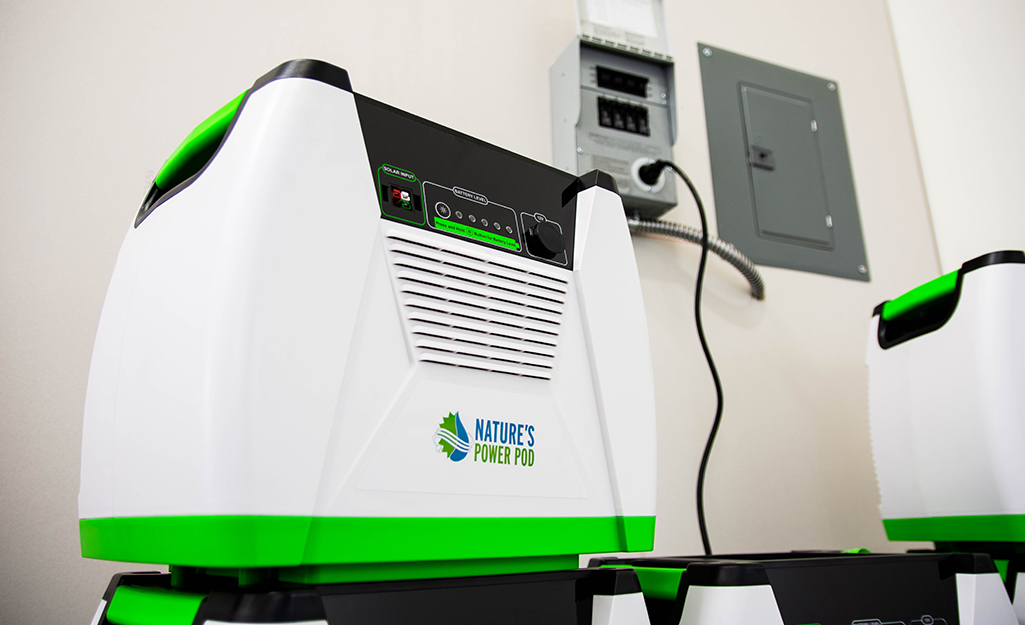
The right size generator can keep your lights on and more. However, it’s not advisable to connect the generator directly to your home’s circuit center. It’s best to have a professional electrician install a power transfer switch portable generator. A transfer switch can protect your home systems. It can also help prevent a voltage surge to your area’s power lines. Voltage surges can damage down power lines and seriously injure utility workers.
Refueling & Fuel Safety
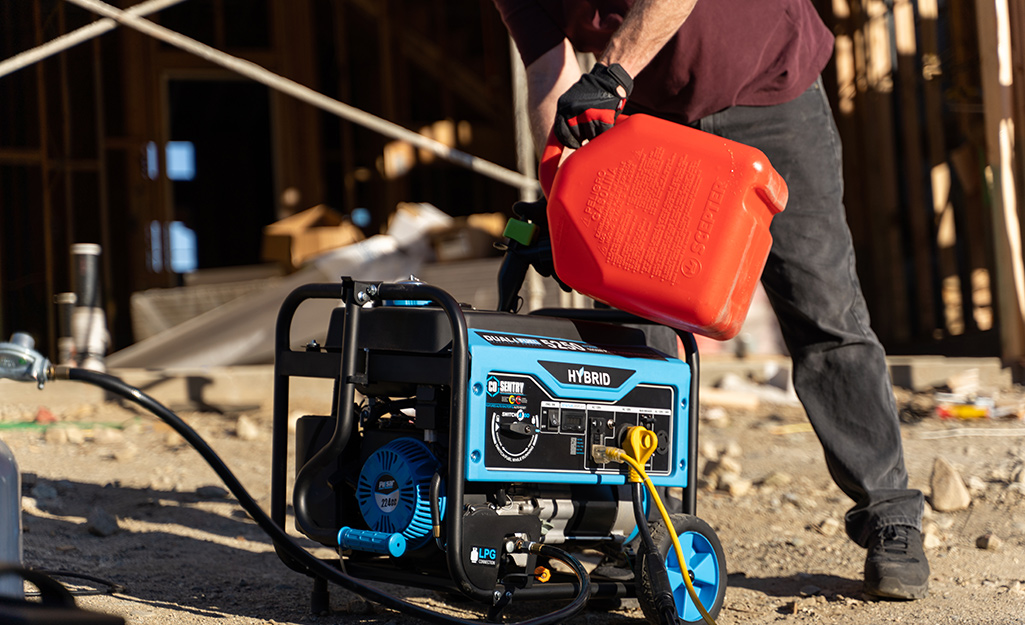
- Before refueling the generator, turn it off and cool it down. Spilling or splashing gas on a hot generator poses a very real fire risk.
- Keep containers tightly closed. Vapors from spilled fuel can travel along the ground. They can be ignited by the generator or an appliance.
- Gas cans can be heavy. Make refueling easier and safer by storing fuel in 5-gallon size containers. Choose quality steel cans with a trigger control valve that prevents spills.
- Always refill your generator outside.
- Bad fuel can cause your generator to break or even not start. Add a fuel stabilizer to store gas and help minimize fuel breakdown.
- Turn off the electricity and shut down the generator before it runs out of fuel. Running a generator until it’s completely dry can cause damage to the engine.
Use Extension Cords Properly
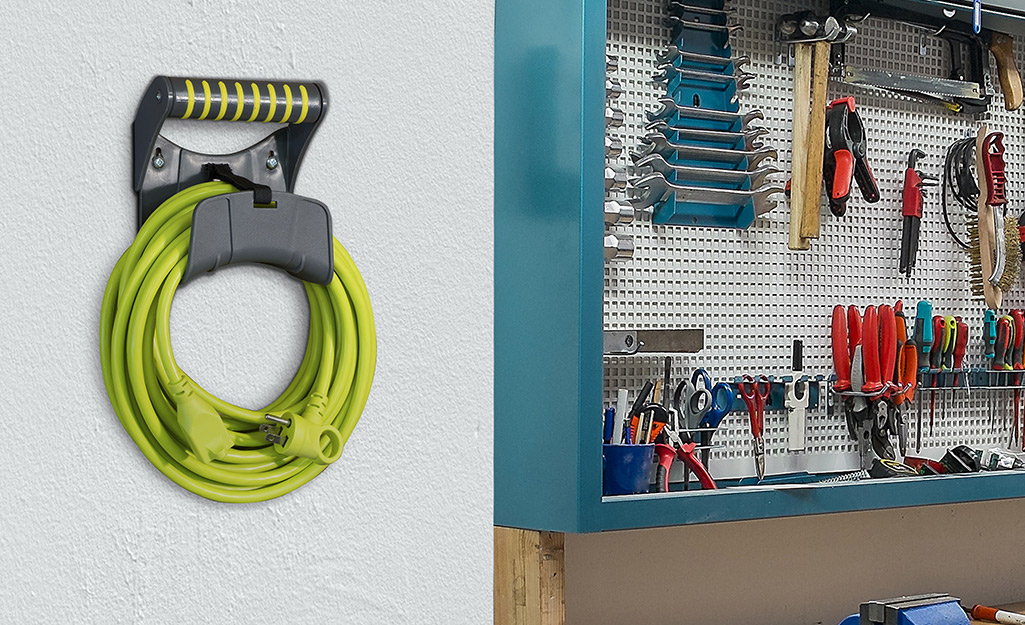
- Use the proper type and length of extension cord. An outdoor-rated, heavy-duty extension cord is a good choice for appliances.
- Extension cords should be 100-feet long or less. The longer the cord, the less voltage it can carry and the more damaging it can be to appliances.
- Avoid using several extension cords at once. This can cause an electrical surge into your neighborhood power lines. Also known as “back-feed,” a voltage surge can injure unsuspecting utility workers.
More Generator Use Tips

A generator makes life better when you lose power. Staying safe while using a generator is easier when you follow sound safety practices.
- Change your generator’s oil and filter often. Most recommend after every 60 hours or so of use. Make sure to stock up on the oil and filters you’ll need for your generator model. After storms, they can be in short supply.
- Avoid running a generator non-stop. Overloading can damage your appliances and home electrical system.
A hurricane or other serious storm can easily affect power grids. A generator is a great way to power essentials in your home until electricity is restored. When using a generator, make sure to follow all the manufacturer’s safety and use instructions. Need to get a generator? The Home Depot delivers online orders when and where you need them. You can also rent a generator from your local Home Depot. Use once, then bring it back - no maintenance required.


